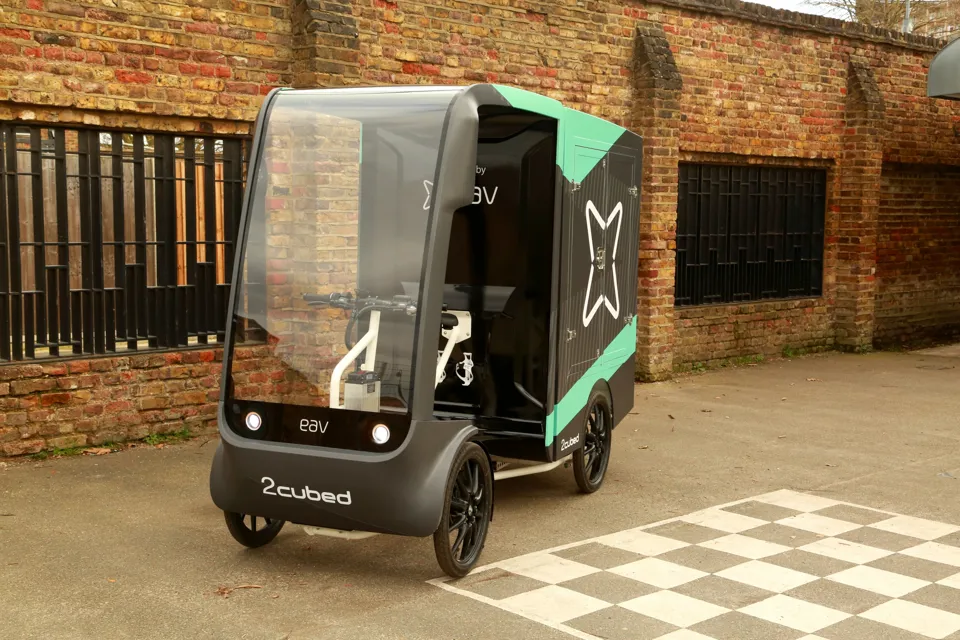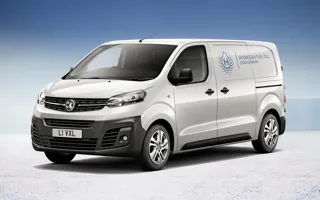Electric Assisted Vehicles (EAV) will develop a hydrogen fuel cell powered ecargo bike as part of a new project with the City of Aberdeen.
Supported by investment from the European Union and the Scottish Government and managed by the German Aerospace Center (DLR), the project brings together a range of partners including DPD Group, H2Range, Unicorn Energy, Energy Expo and Brussels University.
The Interreg NWE’s Fuel Cell Cargo Pedelecs Project – or FCCP - aims to validate the use of hydrogen fuel cell last mile delivery vehicles in seven cities across Europe over 12 months from Q3 2021.
“The use of hydrogen fuel cells in the last or even mid-mile scenario is a very interesting proposition,” said Adam Barmby, CEO and founder of EAV. “Within EAV we observe the development of the rapidly growing Electric Vehicle market daily. Apart from our concerns over the weight of the increasing number of battery powered vehicles, we keep questioning where all these batteries are going to come from.
“It’s a known fact that the raw materials for battery production are in short supply, which is why EAV focuses on weight reduction, so we use less energy and therefore require less batteries. To take this process even further, we’ve wanted to develop a hydrogen fuel cell option which requires a vehicle to have even less batteries as the electricity comes from the hydrogen reaction which is about as environmentally-friendly as you can get.”
EAV will use its established 2Cubed vehicle platform with its patented ‘Cloudframe’ chassis, which is now on its third year of development, to run the fuel cell system. The 2Cubed has already been tested and is now operated by many household-name delivery businesses across Europe. With the addition of the hydrogen fuel cell technology, it’s hoped to further validate an already highly efficient urban lightweight vehicle with an option for hydrogen fuel opening-up many other possibilities for EAV.
“We’re obsessed with weight at EAV because that’s where energy is used and also wasted.” added Barmby. “If we’re powered by hydrogen, we can look at the use of these vehicles and seriously consider them completely replacing vans in all towns and cities worldwide.
“Rapid refuelling and deployment, capable of increased loads with better operating efficiency than any current EV or combustion engine van at a significantly lower cost with no tailpipe emissions or tyre or brake particulate pollution. Lightweight means less damage to city roads and pavements meaning savings for City Councils and an altogether safer and more pleasant place to live and work. EAV have a complete Transport Futures programme to revolutionise the urban environment and the hydrogen-powered ‘H2EAV’ is the next step towards a simply better future.”























Login to comment
Comments
No comments have been made yet.